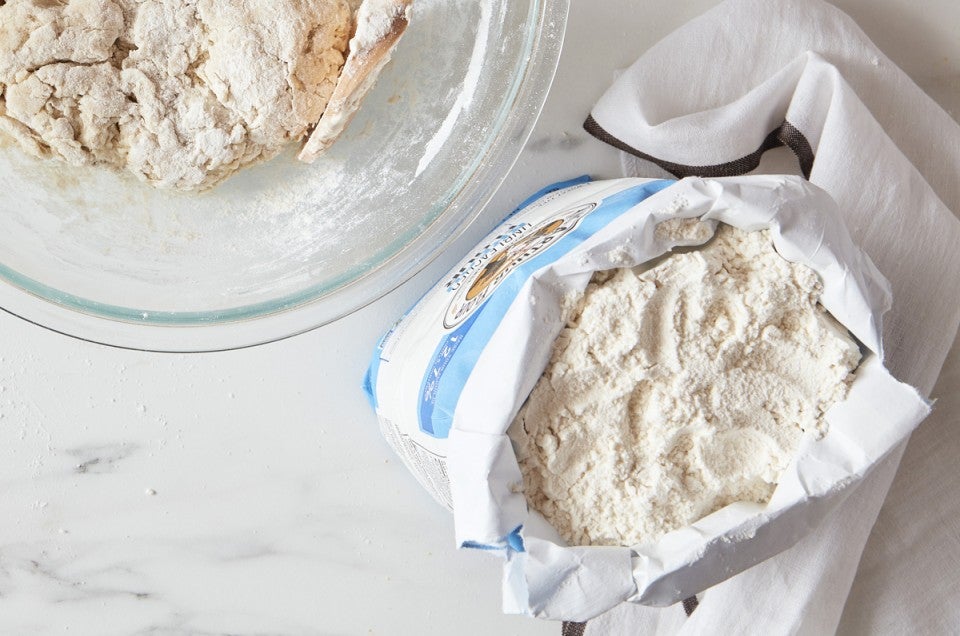


With flour still in short supply, I’m sure many of you desperate bakers out there (myself included) have been ransacking your cupboard, fridge, and freezer to find any flour you may have stashed away and forgotten. And guess what? You actually found a crumpled half-bag of all-purpose flour — but it’s past its best-by date. Is it still good to use?
That depends — on both the type of flour, and how it's been stored. Let’s see what factors determine whether you should feel comfortable using your bag (or box) of forgotten flour.
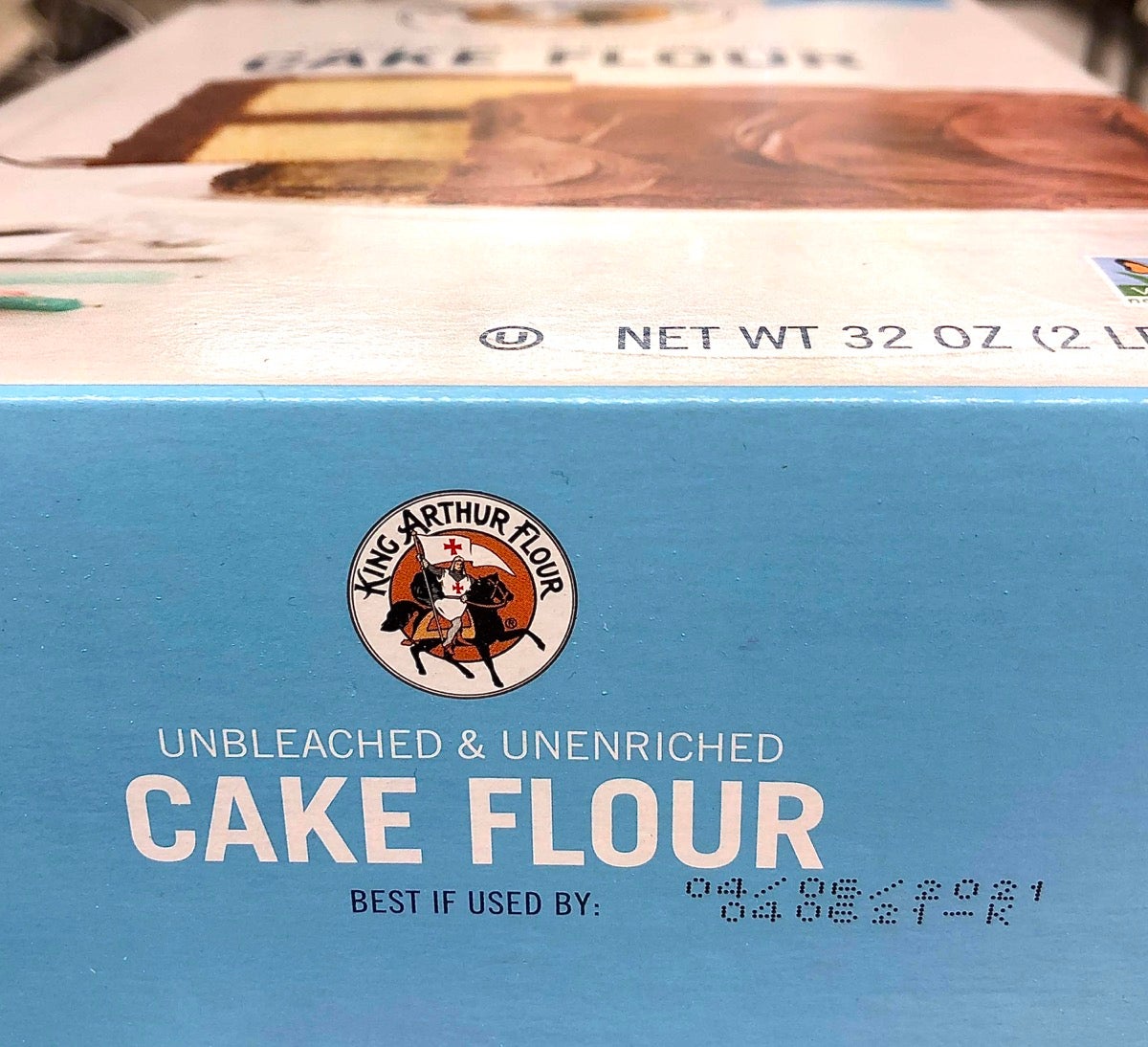
First, some clarification of the language and dates you’ll see stamped on the bottom, top, or side of your flour package.
“Best by” and “best if used by” are dates determined by the manufacturer and directed at the consumer; they set the limit of the product’s optimum quality range. “Sell by” is directed at the store where the product is sold, signaling when the product should be pulled from the shelf because its quality may start to deteriorate.
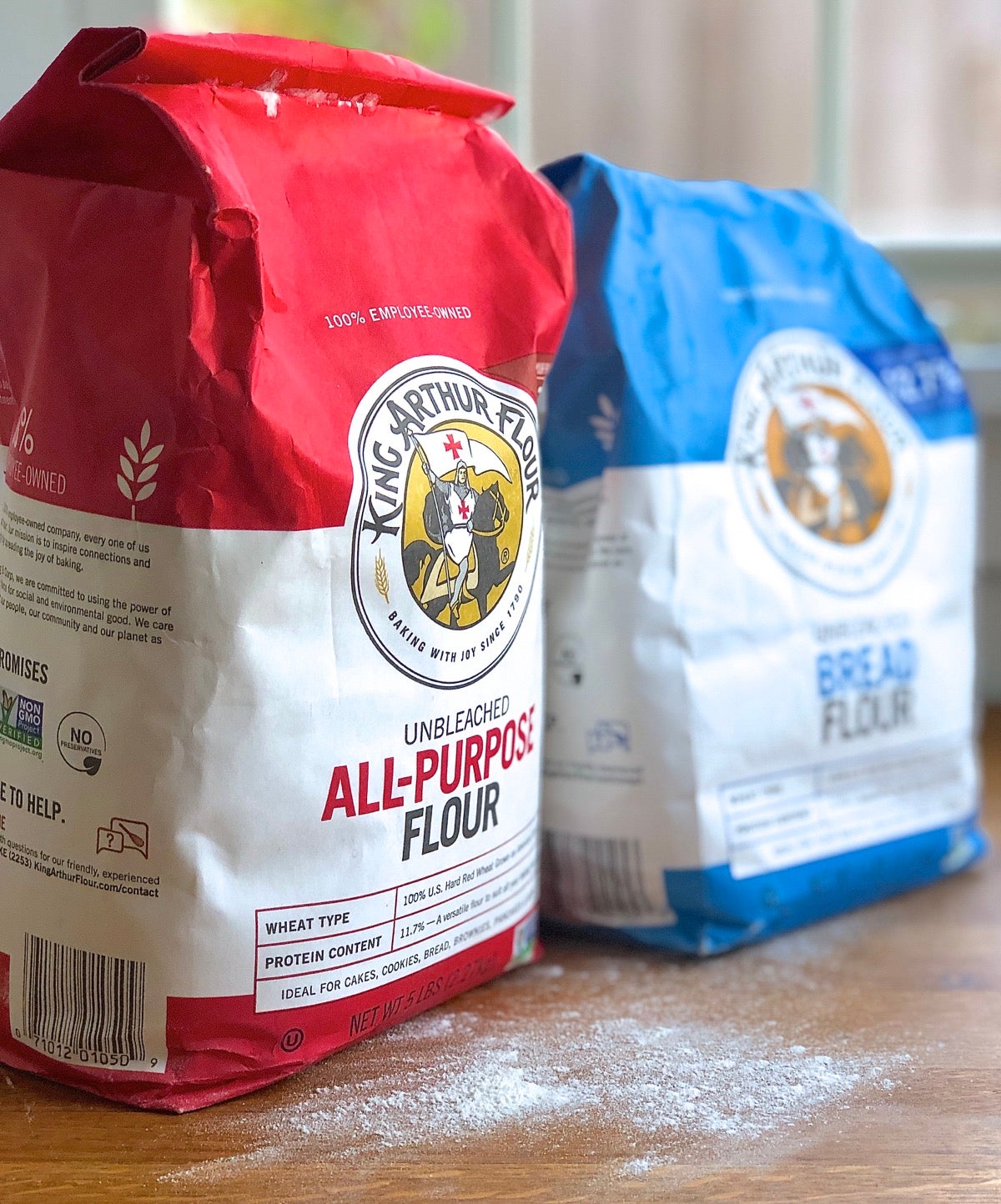
By definition, this category includes the traditional “white” flours: pastry, cake, self-rising, all-purpose, bread, and high-gluten flours; plus specialty flours and blends like white rye, Italian-Style Flour, Pasta Flour Blend, Pastry Flour Blend, and Pizza Flour Blend. In short, any flour that doesn’t include its original grain’s bran and germ is considered refined.
What to look for: The flour should look just as it did the day you bought it. If it looks yellow or gray; shows signs of mold; if it’s developed hard moisture lumps, or if you see evidence of insects, discard it. In addition, if the flour smells unpleasant (sour, musty, or just plain bad), don’t use it.
How to decide: Flour that’s good to use will be an even cream color and have a neutral aroma, or perhaps a faint touch of pleasant wheatiness.
Usage past the best-by date: Depending on how the flour has been stored, you may decide to give it a try. Refined flour that’s been stored airtight or at least well-wrapped (to keep it dry) in the back of a freezer can remain stable for quite some time. Flour stored in a loose-lidded canister at room temperature will deteriorate more quickly.
Our research and development team regularly tests the boundaries of shelf life for our many flours in order to develop the most accurate best-by dates. Flour will start to deteriorate in both taste and performance once it's passed its best-by date — which is exactly why we date flour, to make sure you have the most successful experience possible. Can you use outdated flour in a pinch? Maybe. Do you want to make a regular habit of it? Not if you want the best results.
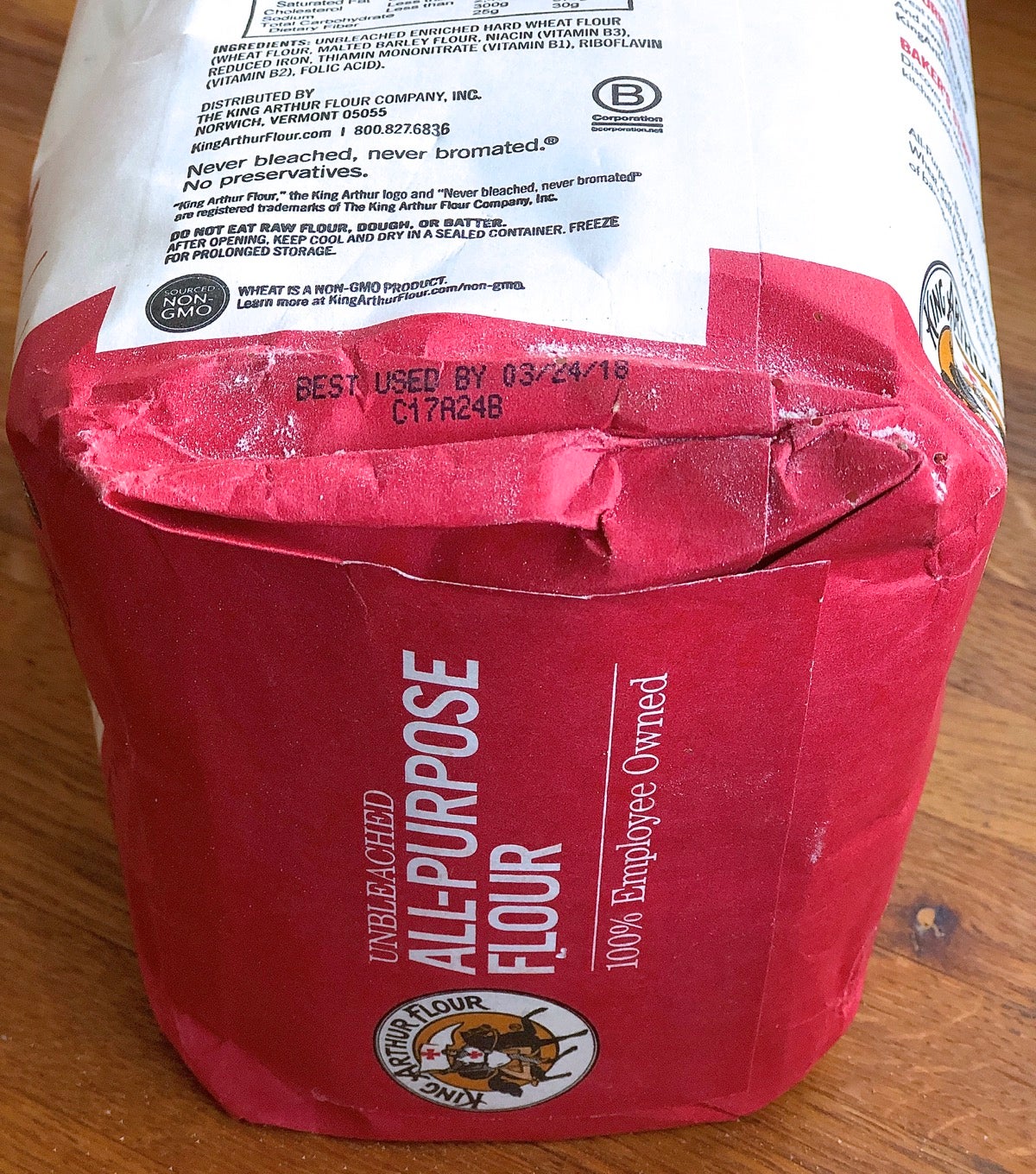
Should you use flour that “expired” in 2008? Absolutely not. But if you're desperate to bake and you find some flour with a best-by date of 6 weeks ago? It might be OK to try it — so long as it passes the guidelines above.
One exception to this is self-rising flour. While the flour itself remains stable, its added baking powder gradually loses potency — just like the can of baking powder in your cupboard does. Yes, you can bake with self-rising flour after its best-by date; but your baked goods may not rise as well.
These include any flour that retains its bran and germ when milled. Think whole wheat, white whole wheat, pumpernickel (whole rye), medium rye, buckwheat, and various blends like Whole Grain Flour Blend.
Since whole grain flours are more sensitive to poor storage conditions than refined flours, we recommend you do the following assessment for any whole grain flour you're using, even if its best-by date hasn't passed yet.
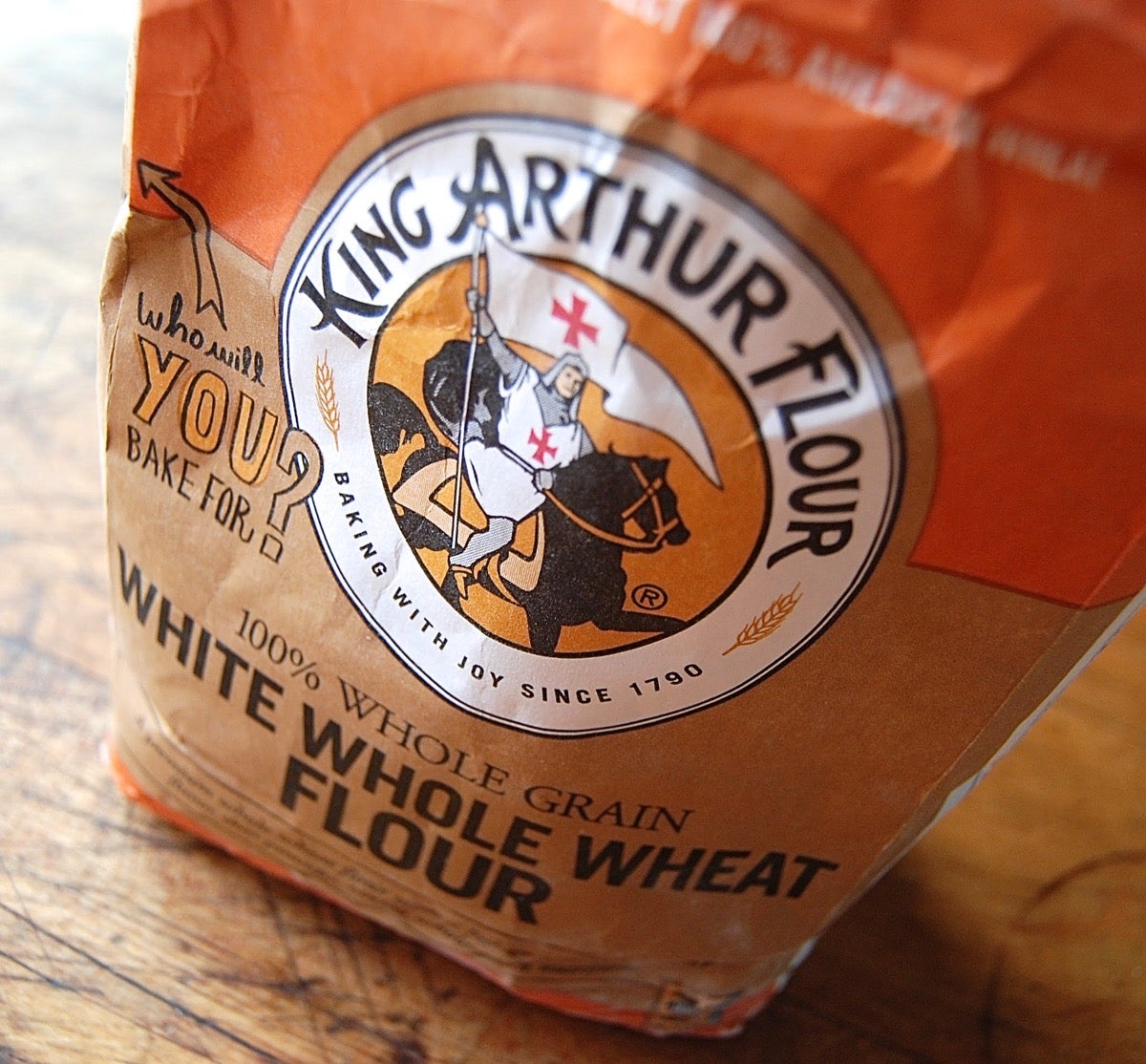
What to look for: The flour should be lump-free and pourable, and it shouldn’t show any signs of mold or evidence of insects. In addition, it should smell either neutral or faintly sweet.
How to decide: Unlike with refined flours, it's sometimes hard to tell if whole grain flour is good simply by sight. So go by smell: whole grain flour with a strong, unpleasant aroma won’t taste good and shouldn’t be used for baking.
Usage past the best-by date: Really, don't do it. We've done a lot of testing and for whole grain flours, that best-by date is an accurate indication of the flour’s quality.
You can definitely prolong the shelf life of whole grain flours with careful storage. See how in our post, The best way to store whole grains.
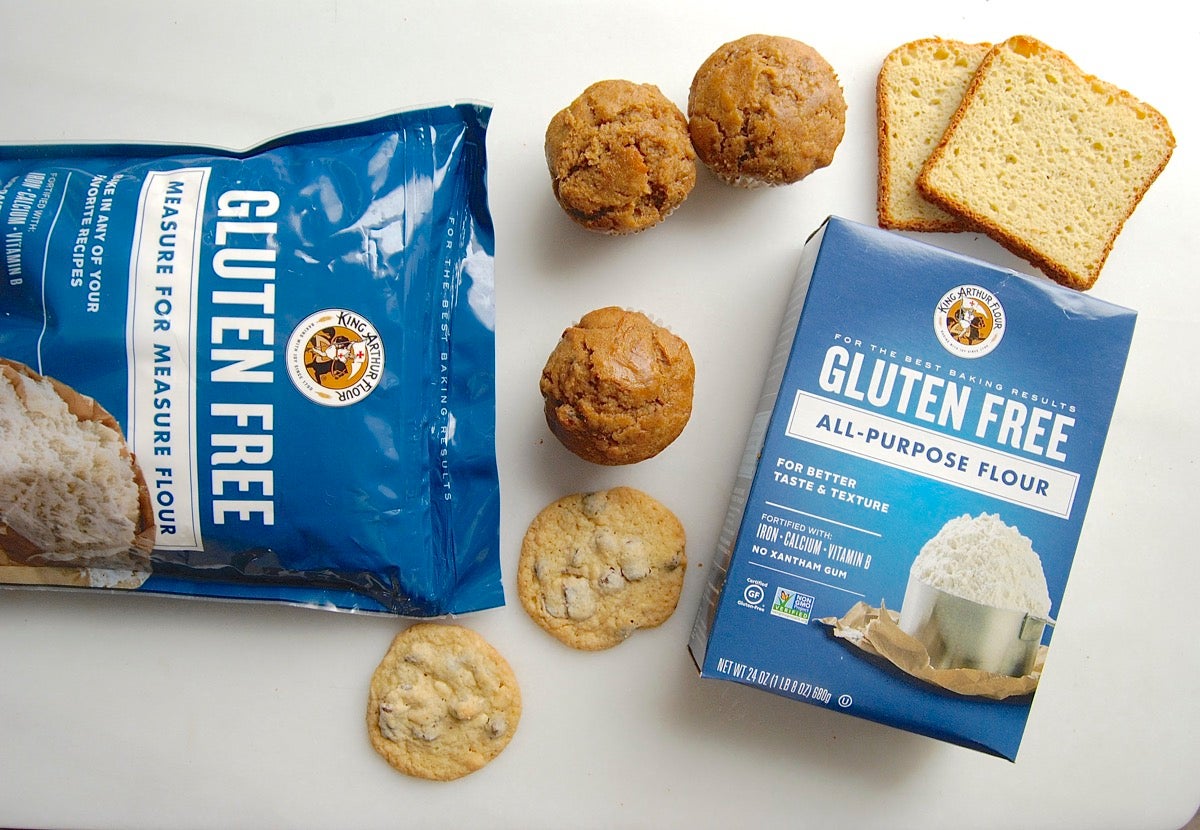
Many gluten-free flour blends include whole grains and/or nut flours, and thus should be judged the same way as whole grain flours (above).
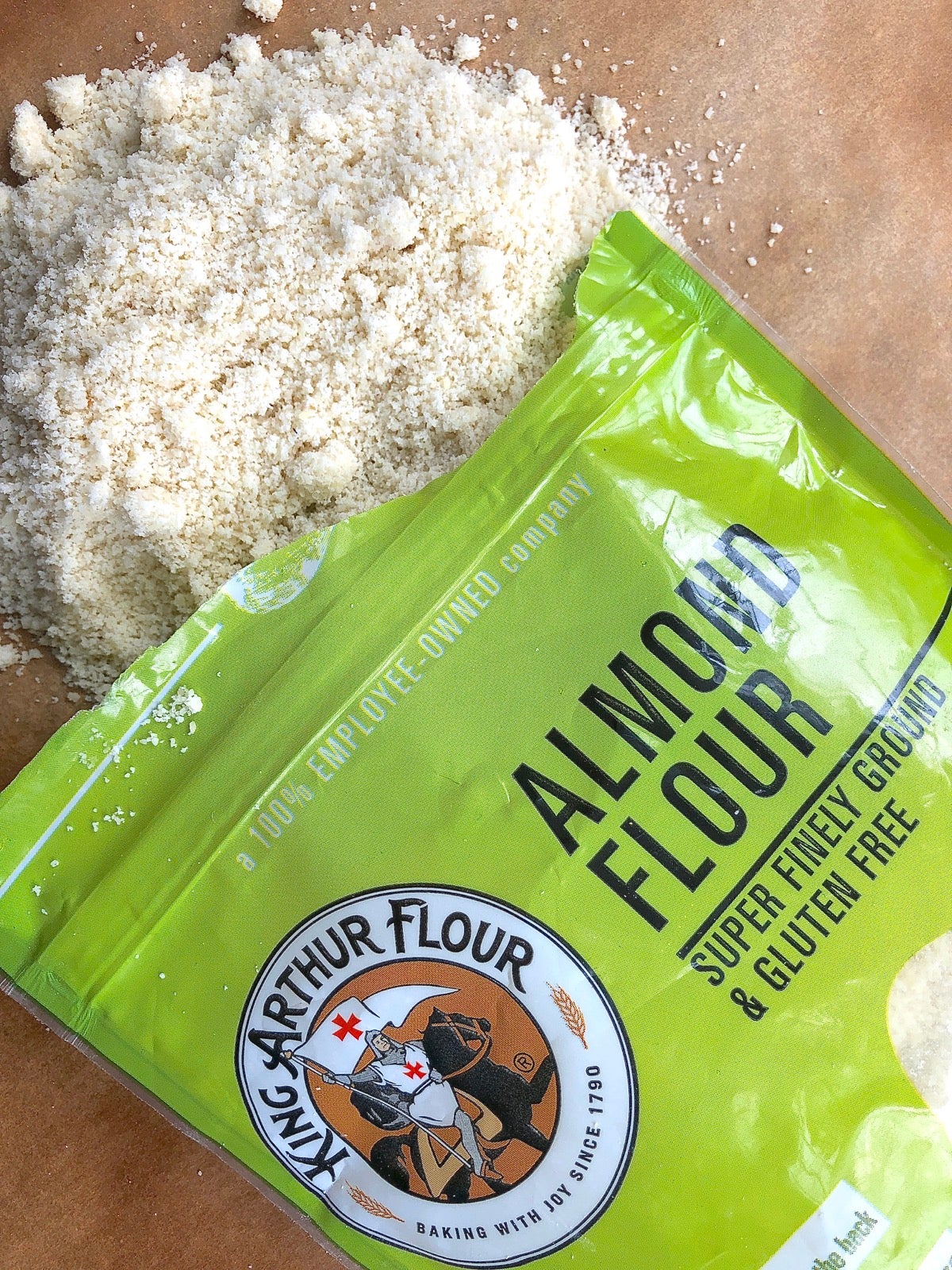
Almond flour and coconut flour are easily tested to see if they’re good to bake with: simply taste them. If they taste mildly sweet and nutty, they’re fine. If they smell rancid and taste at all bitter, don’t use them.
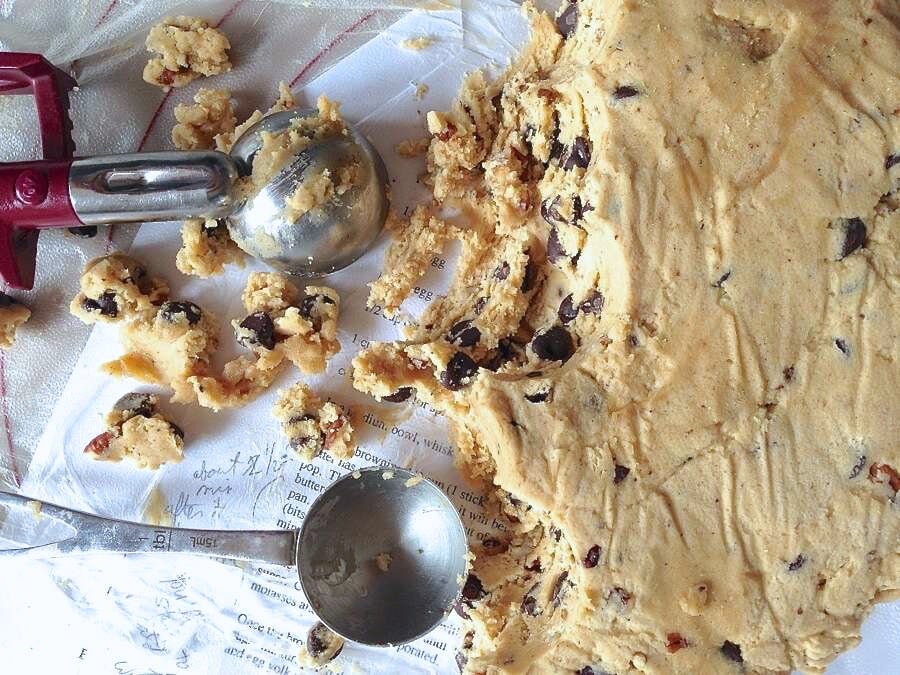
Please thoroughly bake or cook anything that includes flour before eating! This means no scarfing down raw cookie dough, no licking the bowl when you make brownies, and no testing a bit of yeast dough to see if you remembered the salt. Here are our official safe-handling instructions: Raw flour is not ready to eat and must be thoroughly cooked or baked before eating to prevent illness from bacteria in the flour. Do not eat or play with raw dough; wash hands, utensils, and surfaces after handling. After opening, keep cool and dry in a sealed container. Freeze for prolonged storage.
Chances are you haven't had to decide whether or not to bake with old flour in the past. Typically, if you find out of date flour (or any expired ingredient) in your cupboard you just sigh, discard it, and buy some more. But flour is scarce right now, and we're all approaching ingredients a little bit differently.
Don't let these hard times get you down; at some point your supermarket will be fully stocked with all kinds of flour once more. Still, this is a good opportunity to assess your storage and usage habits: keep your flour in a cool, dry cupboard (or in the fridge or freezer), use it up before its best-by date, and you'll enjoy the best baking results possible.
If you can't find flour at your supermarket, you can always order via our online shop.